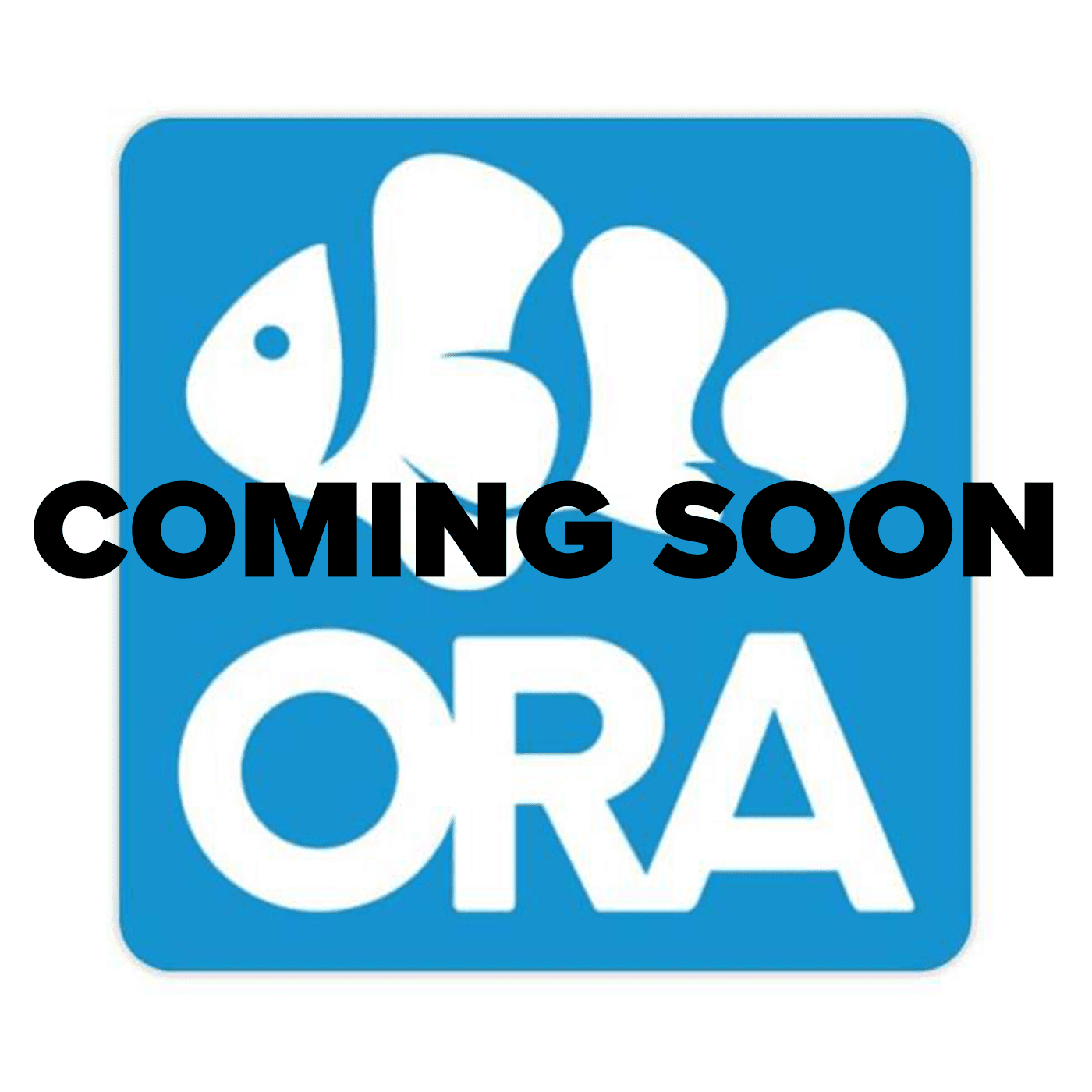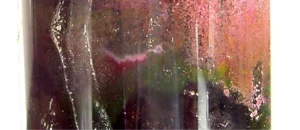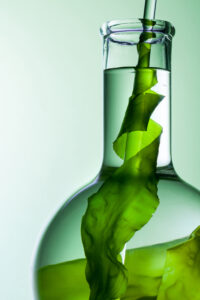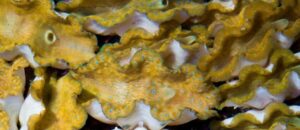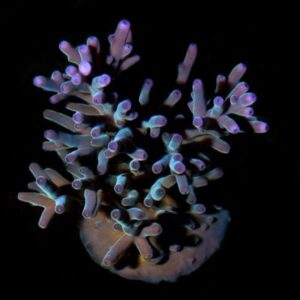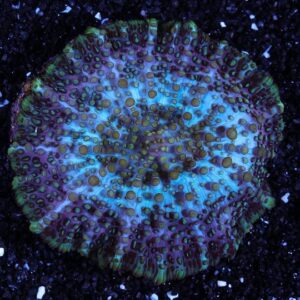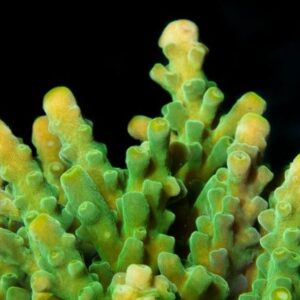Description
Acropora are found all over the Indo-Pacific ocean, but the frags sold here are aquacultured by ORA. Instead of being collected from the ocean, they are grown in aquariums to be fragged and sold. Aquacultured corals have lots of benefits that will be discussed below.
Acropora are one of the most common coral in the ocean, which would make you think they are easy to care for. Acropora are actually one of the most difficult corals to keep, but many hobbyists keep them successfully anyway. For some hobbyists, the challenge of Acropora is part of the fun. In case you are new or unfamiliar with keeping Acropora, let’s go over some of the basic care requirements. Acropora prefer moderate to high lighting, which translates to 200-300 micromoles of PAR. Some Acropora benefit from even higher lighting. The caveat to this is acclimating the coral to intense light. Before placing the coral under the ideal lighting intensity, you need to acclimate it to the light by starting it low and slowly moving it up the rock work. You should do this over a few months or even longer if you want to put the coral in very intense light. Acropora typically display better coloration under more intense light, as long as they are acclimated slowly, of course. As for flow, Acropora prefer moderate to strong flow. While it is possible to give too much flow, you are more likely to give too little than too much. It is important for the flow to be irregular and random rather than constant. Flow is important because it keeps the coral clean of detritus while also delivering nutrients and elements to it.
Possibly the most difficult aspect of keeping Acropora is the water chemistry. Acropora require high levels of calcium, alkalinity, and magnesium. At the same time, they require stable levels. Even moderate fluctuations can cause issues for this coral. You need to be able to keep these levels at a good range and stable using a calcium reactor, dosing, kalkwasser, etc. Keep your temperature at 72-78 degrees Fahrenheit and stable. Keep your nitrates at 1-5 ppm and your phosphates just barely detectable but not 0. Acropora contain a photosynthetic algae called zooxanthellae, which provides the coral with most of its nutritional needs. However, you can feed Acropora as long as the food particle size is small enough. Feeding can promote better coloration and faster growth. You can also feed phytoplankton if you want a method that won’t contaminate your water. Again, feeding is not required, but it can be beneficial if done properly and with restraint.
Care requirements
Purchase Size: 1 – 2″
Placement: You can place this coral anywhere as long as its lighting and flow needs are met.
Lighting: Moderate to high.
Flow: Moderate to strong.
Parameters: 72-78° F, dKH 8-12, pH 8.1-8.4, salinity 32-35 ppt
Calcium: 350-450 ppm
Alkalinity: 8-12 dKH
Magnesium: 1,250-1,350 ppm
More Information
Aquacultured corals are better adapted to aquarium life because they are grown in aquariums. They are well-adjusted to aquarium lighting, flow, and parameters. They are overall hardier than coral collected from the ocean as well. This means these particular frags have a higher chance to survive and do well in your aquarium. They are also far less likely to carry disease and pests, though you should still dip and/or quarantine them to be safe. On top of all that, aquacultured corals are more environmentally friendly and sustainable.

